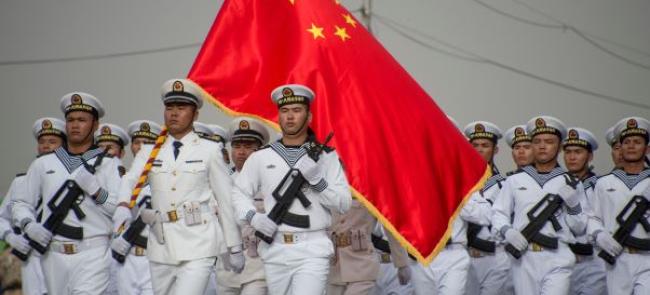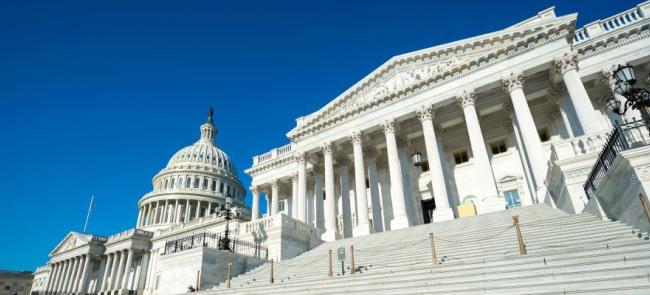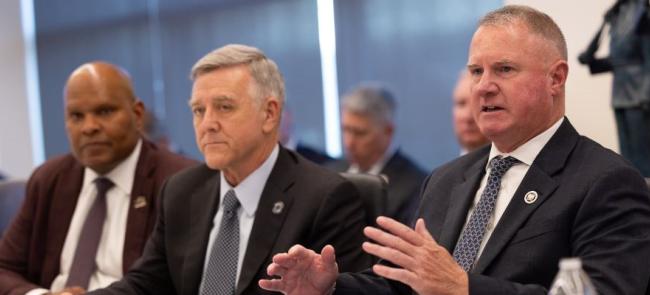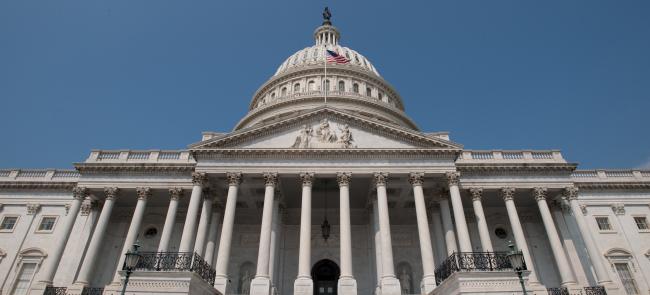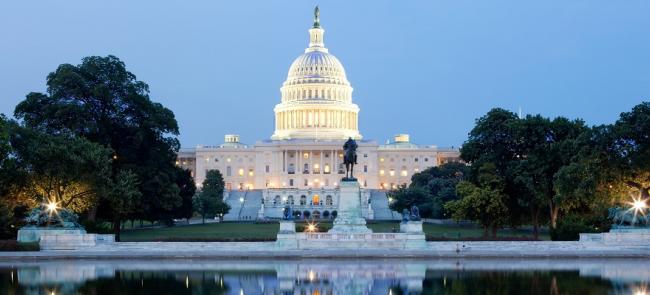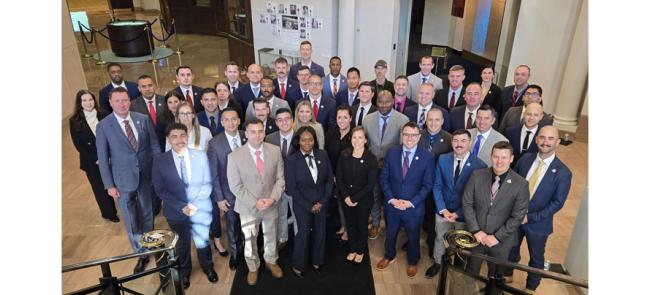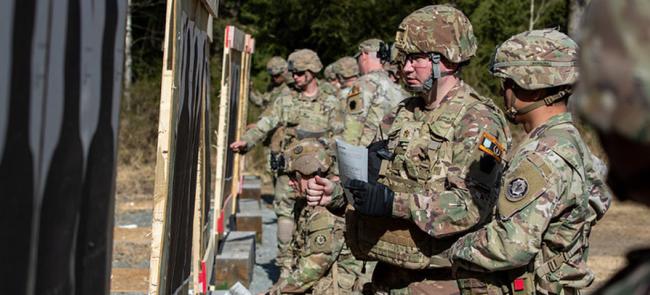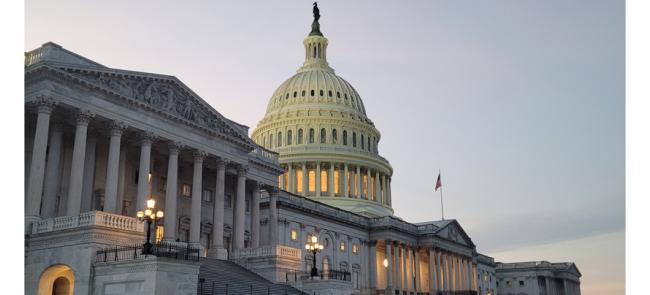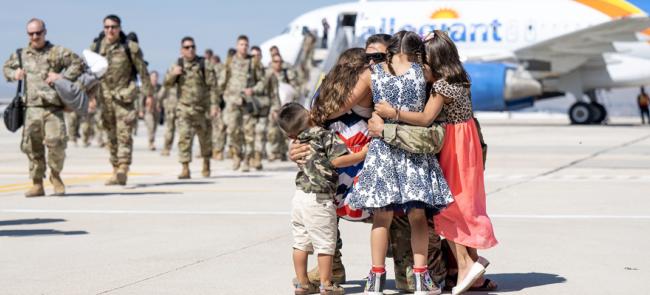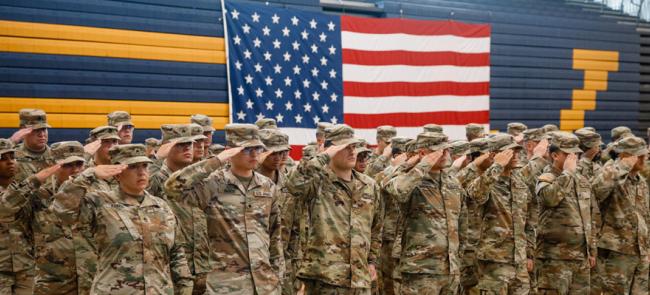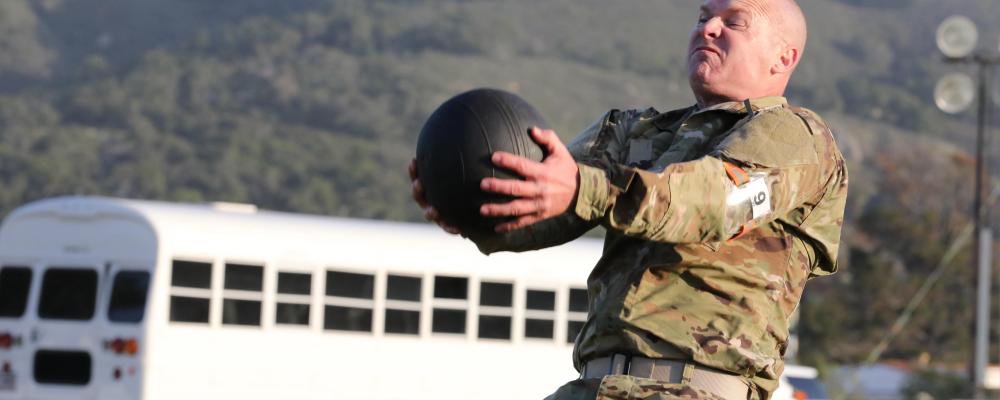
The House and Senate armed services committees have each approved their versions of the annual defense policy bill, with major implications for the National Guard.
The House Armed Services Committee finished its version of the FY24 National Defense Authorization Act on June 22.
The Senate Armed Services Committee completed its version of the legislation on June 23.
One of the most controversial ideas in either NDAA version is eliminating the Army Combat Fitness Test.
The SASC’s NDAA instructs the Army to resume using the Army Physical Fitness Test, according to the document's executive summary. The full text hasn't been released.
No such provision exists in the House's version of the NDAA.
If the idea is realized, the Army would have to restore the APFT with a two-year pilot program, followed by another year finalizing the test’s standards.
The APFT emerged in the 1980s and features push-ups, sit-ups and a timed two-mile run.
The Army began developing the ACFT in 2010 before recording the first test results in 2022.
The ACFT is widely considered a better measure of battlefield fitness, with six events including deadlifts and planks.
But the newer fitness test has proven controversial, undergoing several delays and changes. The ACFT also requires a significant amount of equipment, which isn't readily available to most Army Guardsmen. And the evaluation takes longer to administer than the APFT.
Should the SASC’s version of the NDAA become law, the Army won’t have a physical fitness test of record until 2027.
Finalizing the NDAA, however, could take months of deliberations involving the full House and Senate.
Another provision in both versions of the NDAA is the 5.2% pay increase President Joe Biden requested in his FY24 budget proposal in March. If passed, the boost would mark the military’s highest pay raise since 2002.
The HASC and SASC’s NDAA versions also seemingly differ on one of the Guard’s hottest topics: a Space Guard.
The two bills propose different methods for handling the Space Force's personnel.
In the SASC's model, the Space Force would have a component comprised of full- and part-time guardians.
The HASC’s NDAA suggests creating a Space Guard, while the SASC’s version doesn’t mention the topic in its summary.
The SASC performed its annual NDAA markup behind closed doors, making it unclear whether the committee covers the Space Guard elsewhere.
Both armed services committees’ NDAA drafts propose retiring 42 A-10 Thunderbolt II fighters.
If implemented, the plan would sunset a key aircraft in the Air Guard’s inventory nationwide.
Another provision that appears in the HASC version of the NDAA is no-cost TRICARE dental care for Guardsmen and Reservists.
Last week, bipartisan legislation was introduced in both chambers of Congress waiving TRICARE Dental Program co-pays and premiums for all Guard and Reserve personnel.
Yet the concept is absent from the SASC’s version of the NDAA, leaving the benefit's fate unclear until the FY24 bill potentially passes.
The full House will next consider the HASC’s NDAA, while the full Senate will examine the SASC’s version of the bill.
— By Mark Hensch

